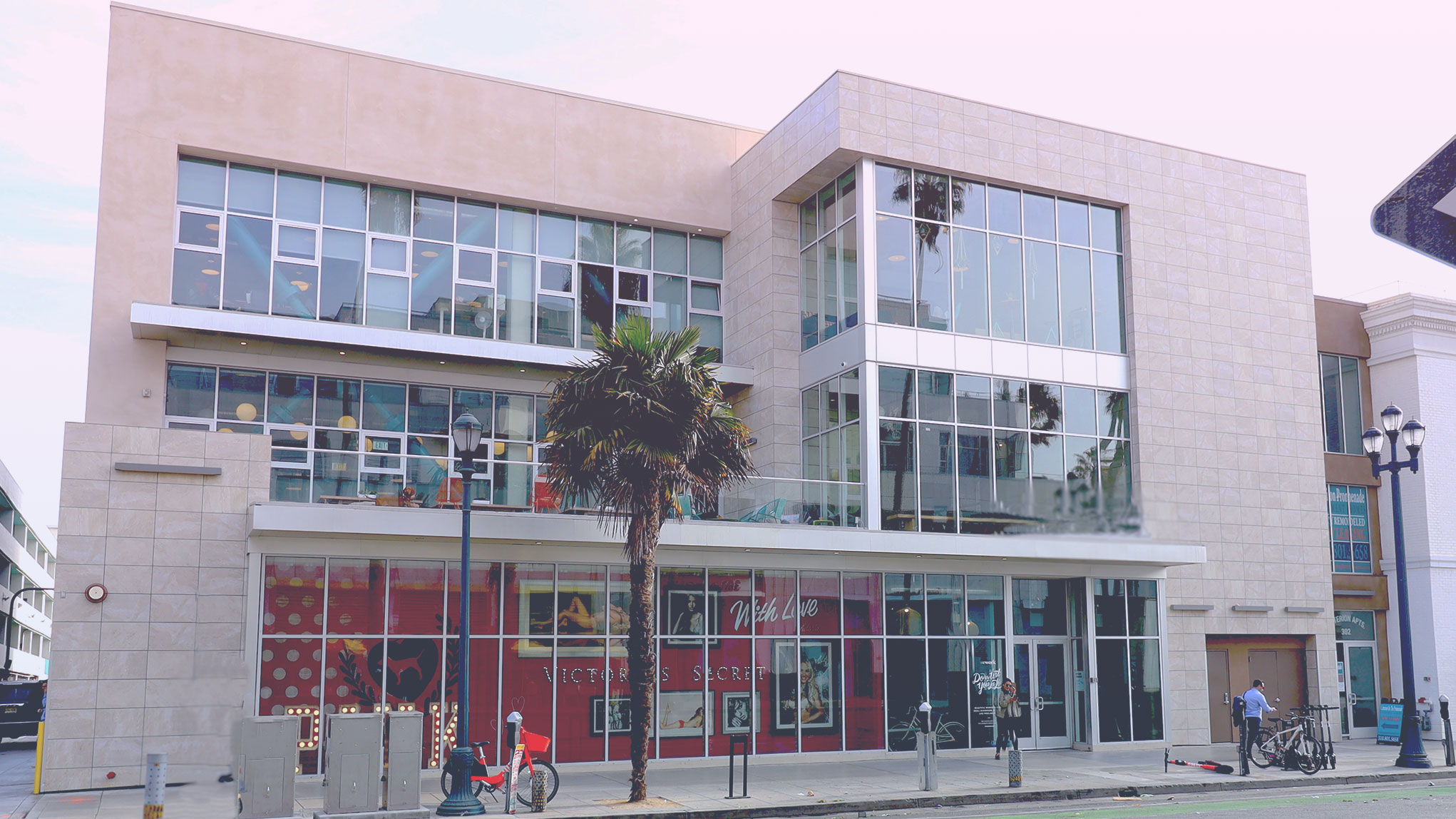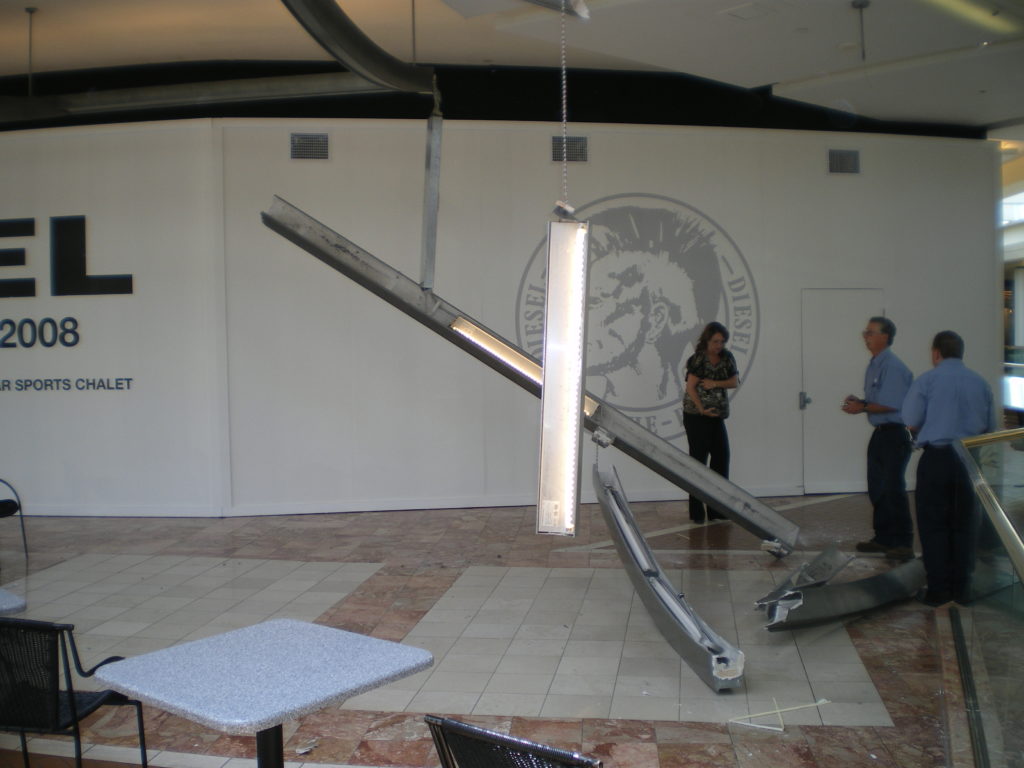Why Is Retrofitting Necessary?

(Header Image: chargers.com)
If you’re a building owner and received a notice that your building needs to be retrofitted, you probably have a few questions about why it is even necessary. While it may seem like just another added expense, seismic retrofitting has many benefits for both you, your building, and its occupants.
Retrofitting is the process of making older buildings safer by adding new technology or features. If you are a building owner in a moderate to high seismic area, you may have received an order from your local municipality that your building is potentially vulnerable, needs to be evaluated by a structural engineer, and may require a seismic retrofit.
More and more cities are developing seismic ordinances that apply to certain types of structures that are dangerous during seismic activity. Building structures constructed with unreinforced masonry, wood-frame soft-stories, non-ductile concrete, and pre-Northridge moment frames have all been identified as potentially hazardous to occupant safety.
If you have received one of these notices, you may be wondering why your building has met the requirements of past building codes, but now does not. Below, we will explain four main reasons behind the advancement of building codes, technology, and why a mandate on seismic retrofitting of vulnerable buildings is so important.
Reason 1: Increase Safety
The most important reason for retrofitting is to increase safety. These retrofit ordinances are designed to create safer buildings for people to live and work in, while reducing the public’s concern of what will happen when the next earthquake strikes. Earthquakes unleash massive amounts of energy without warning and can cause significant building damage and potential loss of life. Even if a building is retrofitted to current building codes, that simply means it is designed so the building will not collapse. Significant shaking inside the building can cause non-structural items to be damaged or fall including furniture, plumbing or ventilation, and other debris, all leading to the possibility of injury and loss of life.

Reason 2: Make Sure Your Tenants Have A Place To Live
According to California Civil Code § 1941.1, if you own a building in California, it is required by law that it is your responsibility to find and pay for a place for your tenants to live if your building becomes uninhabitable after an earthquake. As mentioned before, even if a building remains standing, the city could determine that the building is no longer safe to occupy after a major earthquake.

Reason 3: Financially Protect Your Investment
You have invested a lot of time and capital into your building. The proper retrofitting solution can help protect that investment. Current building codes are designed to prevent loss of life. They ensure that a building remains standing, however, damages could be so significant that the city may require the building to be demolished. It is a lot less expensive to retrofit your building now than it would be to demolish and replace the entire building, or even make necessary repairs after a major earthquake.
Reason 4: Protect Your Community
What You Can Do
Retrofitting your building sooner rather than later can help protect your investment and ensure your building is safe for years to come. It will also make your building look more attractive to potential renters or buyers.
Taylor Dampers will take building retrofitting well beyond code requirements by damping the energy from the earthquake for little or no additional cost over a retrofit that meets the minimum code requirements. Because your building will experience less movement from shaking you will have less chance of personal injury, little to no building damage, and avoid the expensive cost of repairs or complete demolition. If you would like to speak with a Taylor representative to learn more about the retrofitting process, please feel free to contact us and someone will be happy to assist you.
If you live in California, we have created a Seismic Retrofit Ordinance page where you can learn more about current seismic retrofit ordinances in cities across the state along with additional information on where to begin.
Further Reading
White Paper
Case Studies
Check out the latest episodes of the Damp It Out! Podcast to learn even more about the world of shock and vibration control.

